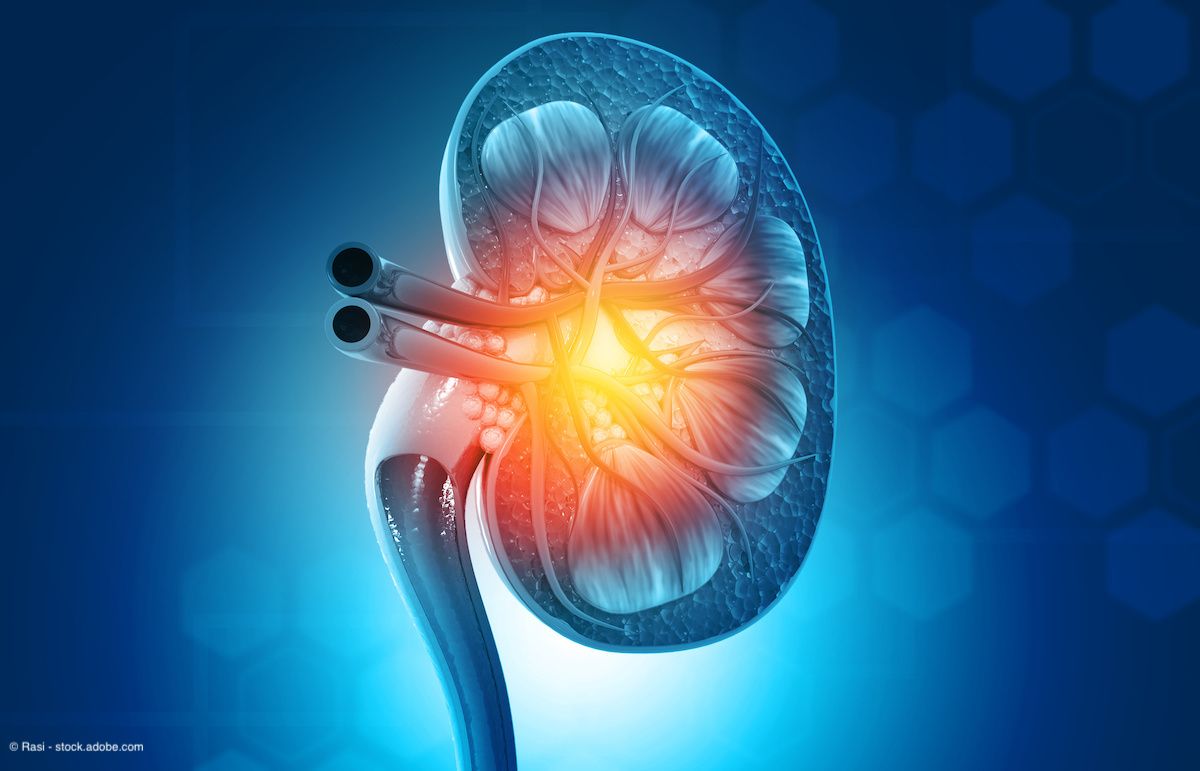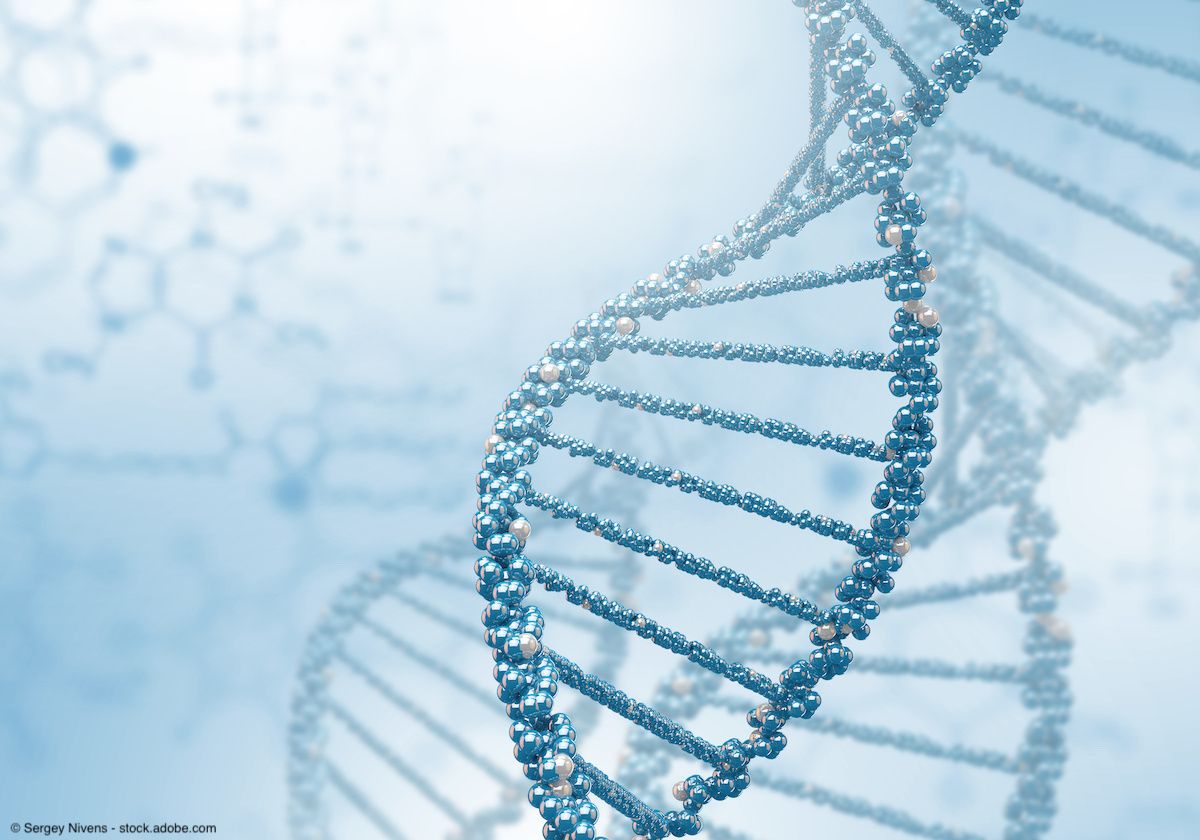News
Article
Proteogenomic analysis identifies biomarkers for non-ccRCC subtypes
Author(s):
"Until now, no single center has had enough samples of the quality needed for comprehensive multi-omics profiling, as we’ve carried out in this study,” says Saravana Mohan M. Dhanasekaran, PhD.
A team of investigators have conducted a large-scale, multi-omics analysis of proteogenomic datasets comparing clear cell renal cell carcinoma (ccRCC) tumors and non-ccRCC tumors to gain a more comprehensive understanding of signatures, biomarkers, and potential therapeutic targets across RCC subtypes.
The investigators noted that papillary RCC and angiomyolipoma tumors demonstrated higher levels of immune infiltration compared with other subtypes.

The data were published in Cell Reports Medicine.1
“The standard of care for non-ccRCCs is evolving. Rare cancers are often left out from major profiling efforts, so therapeutic and diagnostic advances in this space have been limited. Until now, no single center has had enough samples of the quality needed for comprehensive multi-omics profiling, as we’ve carried out in this study,” said Saravana Mohan M. Dhanasekaran, PhD, in a news release on the findings.2 Dhanasekaran is an associate research scientist at the Michigan Medicine Center for Translational Pathology.
The protein-based multi-omics analysis was conducted as part of the Clinical Proteomic Tumor Analysis Consortium (CPTAC).
“To really understand what’s happening, genomics data is not enough. We need to look at proteins,” said Alexey Nesvizhskii, PhD, Godfrey Dorr Stobbe Professor of Bioinformatics in the Departments of Pathology and Computational Medicine and Bioinformatics, and the director of the Proteomics Resource Facility, in the news release.2 “Ours is a landmark study [that] deeply explores the protein side of non-clear-cell subtype and ties it to the genomic work previously done on renal cell carcinomas.”
Overall, data from the study showed that RCC tumors with high genome instability display an overexpression of the IGF2BP3 and PYCR1 biomarkers. Further, renal oncocytoma can be distinguished from chromophobe RCC by expression of the biomarkers MAPRE3, ADGRF5, and GPNMB. Similarly, papillary RCC can be distinguished from MTSCC by expression of PIGR and SOSTDC1, and tumors with high wGII can be differentiated with the expression of PYCR1 and IGF2BP3.
The investigators also noted that papillary RCC and angiomyolipoma (AML) tumors demonstrated higher levels of immune infiltration compared with other subtypes such as chromophobe RCC, renal oncocytoma, and translocation RCC.
The study also found that “Integration of single-cell and bulk transcriptome data predicts diverse cell-of-origin and clarifies RCC subtype-specific proteogenomic signatures,” according to the authors.1
In total, the multi-omics analysis included 48 non-ccRCC and 103 ccRCC tumors, in addition to 101 normal adjacent tissues (22 from non-ccRCC tumors and 79 from ccRCC tumors).
Among the 48 non-ccRCC samples, 15 were renal oncocytoma, 13 were papillary RCC, 8 molecularly divergent to histology RCC, 3 were chromophobe RCC, 2 were AML, 2 were eosinophilic solid and cystic RCC, 1 was Birt-Hogg-Dube syndrome-associated renal cell carcinoma, 1 was mixed epithelial and stromal tumor of the kidney, 1 was MTOR mutated RCC, 1 was translocation RCC, and 1 was plasmacytoid urothelial carcinoma.
Dhanasekaran concluded in the news release,2 “Our study significantly contributes to this growing effort by the rare renal cancer community by characterizing high-quality, rare tumor specimens, providing a useful public data resource.”
References
1. Li GX, Chen L, Hsiao Y, et al. Comprehensive proteogenomic characterization of rare kidney tumors. Cell Rep Med. 2024 Apr 26:101547. doi:10.1016/j.xcrm.2024.101547
2. Massive study identifies new biomarkers for renal cancer subtypes, improving diagnosis and— eventually—treatment. News release. Michigan Medicine – University of Michigan. Published online May 6, 2024. Accessed May 13, 2024. https://www.newswise.com/articles/massive-study-identifies-new-biomarkers-for-renal-cancer-subtypes-improving-diagnosis-and-eventually-treatment
















